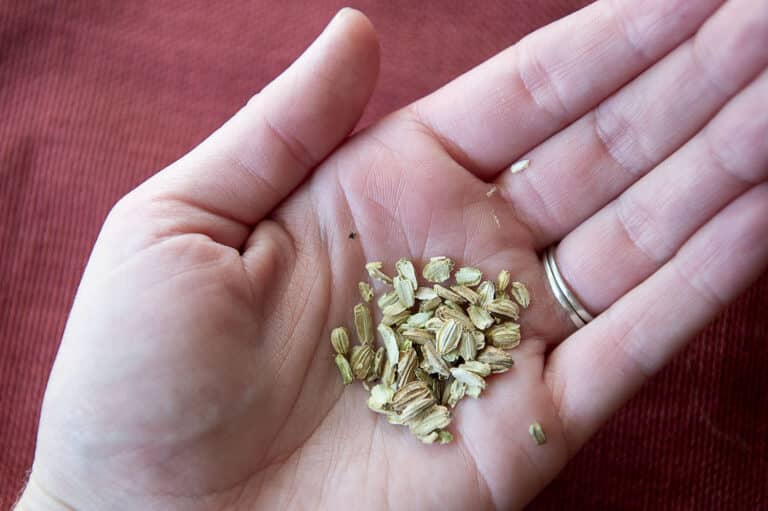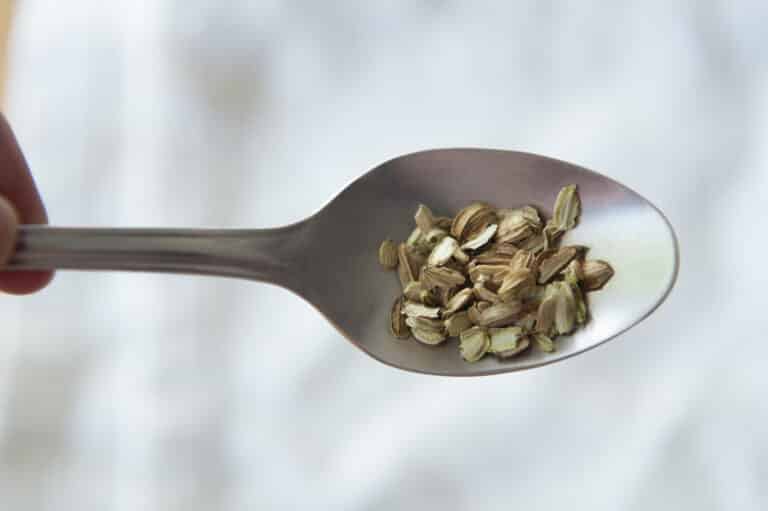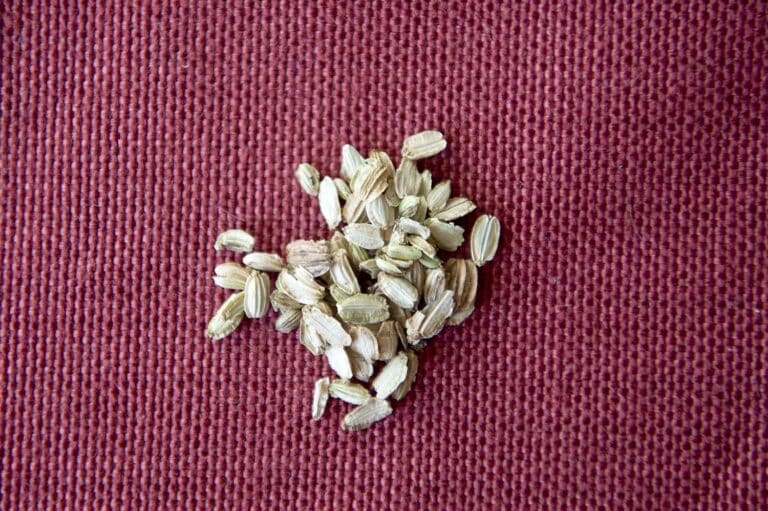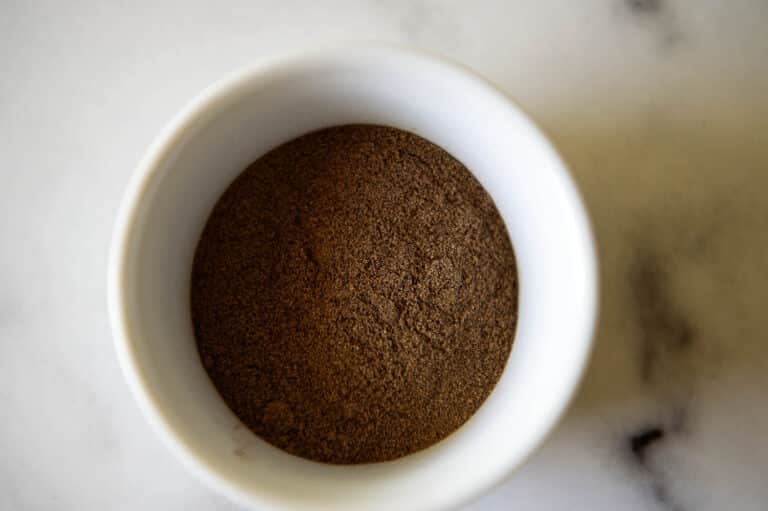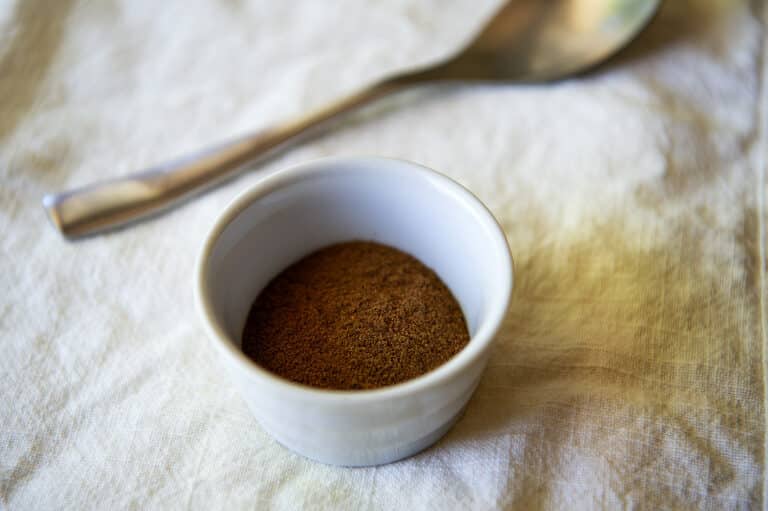What Does Angelica Archangelica Taste Like?
Angelica archangelica, commonly known as garden angelica, is a versatile herb prized not only for its medicinal properties but also for its distinctive taste. This herb offers a complex flavor profile that can enhance both sweet and savory dishes, making it a unique addition to the culinary world.
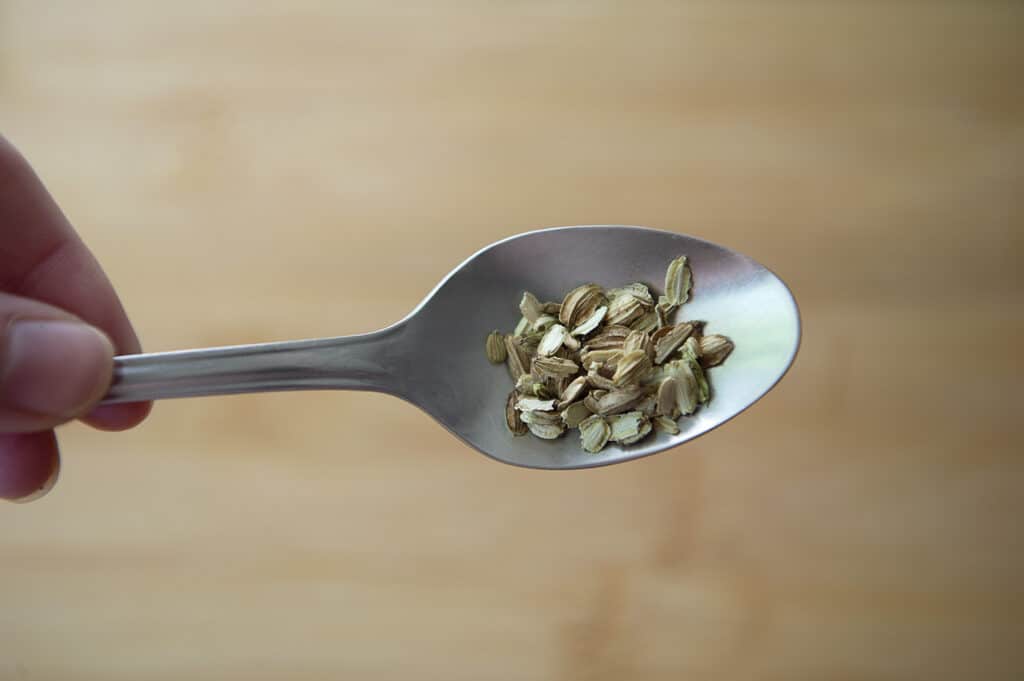
Flavor Profile of Angelica Archangelica
Angelica archangelica has a unique and multifaceted taste that combines several flavor notes:
- Sweet: The stems of the angelica plant, especially when candied, have a subtle sweetness. This sweet note makes candied angelica stems a popular choice for decorating cakes and pastries.
- Herbal: The herb has a strong, aromatic herbal taste, often compared to juniper or licorice. This herbal quality is particularly evident in the leaves and seeds.
- Earthy: Angelica has earthy undertones that provide a depth of flavor. These earthy notes are more pronounced in the roots of the plant.
- Slightly Bitter: There is a slight bitterness, especially in the leaves and roots. This bitterness can add complexity to dishes and is often balanced by other flavors in a recipe.
Culinary Uses of Angelica Archangelica
The distinct taste of angelica archangelica lends itself to a variety of culinary uses:
Sweet Applications
- Candied Stems: The most well-known use of angelica stems is in their candied form. These are often used as decorative elements on cakes, pastries, and desserts. The candied stems provide a sweet, herbal flavor that complements the sweetness of desserts.
- Herbal Teas: The leaves and roots of angelica can be brewed into herbal teas. The resulting tea has a sweet, slightly bitter, and aromatic flavor that is both refreshing and soothing.
Savory Applications
- Seasoning: Fresh angelica leaves can be used as a seasoning in various dishes. They add a herbal, slightly sweet, and earthy flavor to salads, soups, and stews. The leaves can be chopped and sprinkled over dishes to enhance their flavor.
- Flavoring Liqueurs: Angelica roots and seeds are used to flavor liqueurs such as gin, chartreuse, and Benedictine. These beverages benefit from the complex, herbal notes that angelica imparts, creating a unique and sophisticated taste.
Additional Uses
- Pickling: The seeds and roots of angelica can be used in pickling brines. They add a distinctive flavor that enhances the taste of pickled vegetables.
- Cooking Vegetables: The stems and leaves can be cooked with vegetables to impart their unique flavor. They work particularly well with root vegetables like carrots and parsnips, adding a sweet and herbal note to the dish.
Angelica archangelica’s unique flavor profile makes it a versatile ingredient in the kitchen. Whether used in sweet or savory dishes, its combination of sweetness, herbal notes, earthiness, and slight bitterness can enhance a wide range of recipes, offering a distinct and memorable taste experience.

